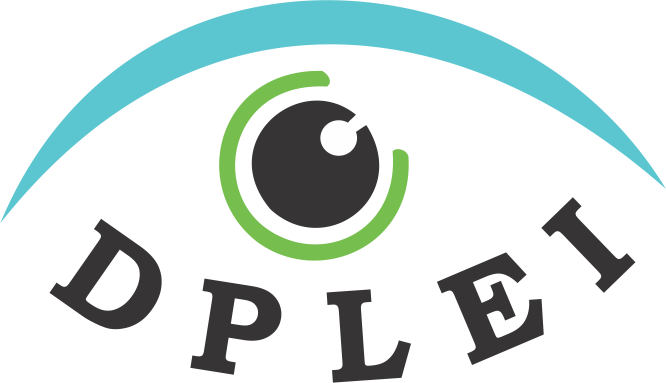Eye Care Services
For more information on LASIK eye surgery and lasik eye surgery cost or to book an appointment with LASIK eye surgery doctors,
WHAT ARE THE EFFECTS OF GLAUCOMA?
GLAUCOMA
Glaucoma is a disease in which the optic nerve is damaged, leading to progressive, irreversible loss of vision. Hence it is associated with increased pressure of the fluid in the eye. It is the leading causes of irreversible blindness worldwide.
Raised intraocular pressure is a significant risk factor for developing glaucoma. One person may develop nerve damage at a relatively low pressure, while another person may have high eye pressure for years and yet never develop damage. Untreated glaucoma leads to permanent damage of the optic nerve and resultant visual field loss, which can progress to blindness.
In India alone, it affects around 12 million people; India is projected to become the world capital of glaucoma by 2020. The sight loss caused by glaucoma is progressive and, unlike cataract, is irreversible. Fortunately, early diagnosis and treatment can prevent blindness.
Glaucoma can lead to permanent loss of vision. Initially, the loss of vision starts from periphery and progressively affects the central vision. The central visual acuity is affected only in the advanced stage. Progressive loss of visual field with corresponding loss optic nerve damage.
There are two main forms of glaucoma: open-angle (the most common form affecting approximately 95% of individuals) and closed-angle. There are also several other forms of glaucoma, including normal-tension, congenital, juvenile and secondary.
- Open-angle glaucoma, the most common form of the disease, is progressive and characterized by optic nerve damage. The most significant risk factor for the development and advancement of this form is high eye pressure. Initially, there are usually no symptoms, but as eye pressure gradually builds, at some point the optic nerve is impaired, and peripheral vision is lost. Without treatment, an individual can become totally blind.
- Normal-tension glaucoma occurs when eye pressure is normal, yet the optic nerve is damaged and peripheral vision is lost. The treatment is generally the same as for open-angle glaucoma.
- Closed-angle glaucoma may be acute or chronic. In acute closed-angle glaucoma the normal flow of eye fluid (aqueous humor) between the iris and the lens is suddenly blocked. Symptoms may include severe pain, nausea, vomiting, blurred vision and seeing a rainbow halo around lights. Acute closed-angle glaucoma is a medical emergency and must be treated immediately or blindness could result in one or two days. Chronic closed-angle glaucoma progresses more slowly and can damage the eye without symptoms, similar to open-angle glaucoma.
- Congenital glaucoma affects infants born with defects that prevent the normal drainage of fluid from the eye.
- Juvenile glaucoma is open-angle glaucoma that affects children, adolescents and young adults.
- Secondary glaucoma can be open-angle or closed-angle, and is the result of some other medical condition in the eye or the body.
Examples of secondary glaucoma include:
- Pigmentary glaucoma
- Pseudoexfoliation Syndrome
- Neovascular glaucoma
- Iridocorneal Endothelial Syndrome
People above the age of 40 years are generally more affected. Certain factors are associated with increased risk of glaucoma such as
- Family history of glaucoma
- Diabetes mellitus
- Thyroid disease
- High myopia.
95% patients with glaucoma do not have any sypmtoms. Glaucoma is a silent disease that cannot be detected or felt by the patient since central vision remains unaffected till the late stages of the disease. Hence it is rightly called as the ‘sneak thief of sight’. It is usually detected during a routine eye checkup.
Everyone over the age of 40 years should have a detailed eye check up, at least when one needs reading glasses. Hence it is advisable to not stop with visiting an optician alone.
Those who have additional risk factors should undergo an early evaluation.
Tests help in finding out the presence of glaucoma and also its progression in the subsequent follow-ups.
These tests include:
• Tonometry: To measure the pressure in the eye
• Gonioscopy: To assess the drainage angle
• 90 D Ophthalmoscopy: for view the optic nerve
• Pachymetry: on check the thickness of cornea
• Perimetry: by assess the field of vision
Glaucoma is a treatable disease that needs early detection, as the damage is not reversible. The treatment can include medicines, laser or surgery.
Treatments vary depending on the type of glaucoma:
• Open-angle glaucoma treatment normally begins with medications, usually eye drops or rarely, pills that either help eye fluid drain more effectively or cause the eye to produce less fluid. Several forms of laser surgery can also help fluid drain from the eye; these include lasers like trabeculoplasty & cyclophotocoagulation.
• Acute closed-angle glaucoma (a medical emergency) is treated with medications, laser peripheral iridotomy or peripheral iridectomy.
The medicines either decrease the production of the fluid or increase the drainage of the fluid so as to keep the eye pressure under control as determined by your doctor. You may need lifelong treatment as per the instructions given by doctor.
Lasers are used in the treatment of glaucoma to increase the flow of fluid.
When medical or laser treatment fails, you may need surgery.
Treatment of glaucoma aims at preserving the existing vision; it does not restore the vision that is already lost. Therefore, early detection and treatment are very important.
